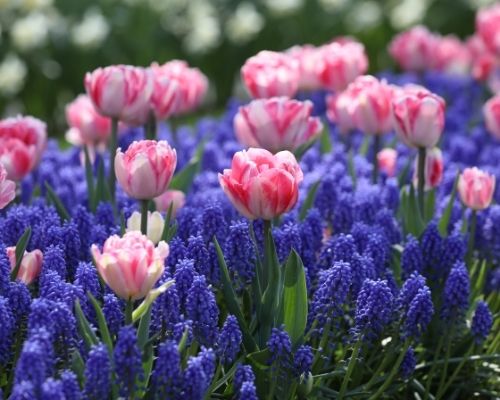Recycle Your Leaves for a Better Garden
Raking leaves may not be your favorite thing to do on a beautiful fall day. But rather than thinking of it as a chore, think of it as harvesting. For flower gardeners, leaves are the season’s most abundant – and most valuable crop!
Autumn leaves are a rich source of organic matter and full of trace minerals that trees mine from deep in the soil. When mixed into the soil, leaves feed earthworms and other beneficial organisms. They also aerate heavy soils and help sandy soils retain moisture. Leaves can be used to make an attractive, weed-suppressing mulch for your flower garden, and they’re an effective way to insulate tender plants from extreme cold.
The Value of Shredding
Chopping leaves into small pieces creates more surface area. This makes it easier for microbes to begin converting the leaves into humus and plant nutrients. When leaves are shredded, they stay loose and airy, while whole leaves tend to pack together into clumps. Shredded leaves are also much easier to handle because they take up less than half as much space.
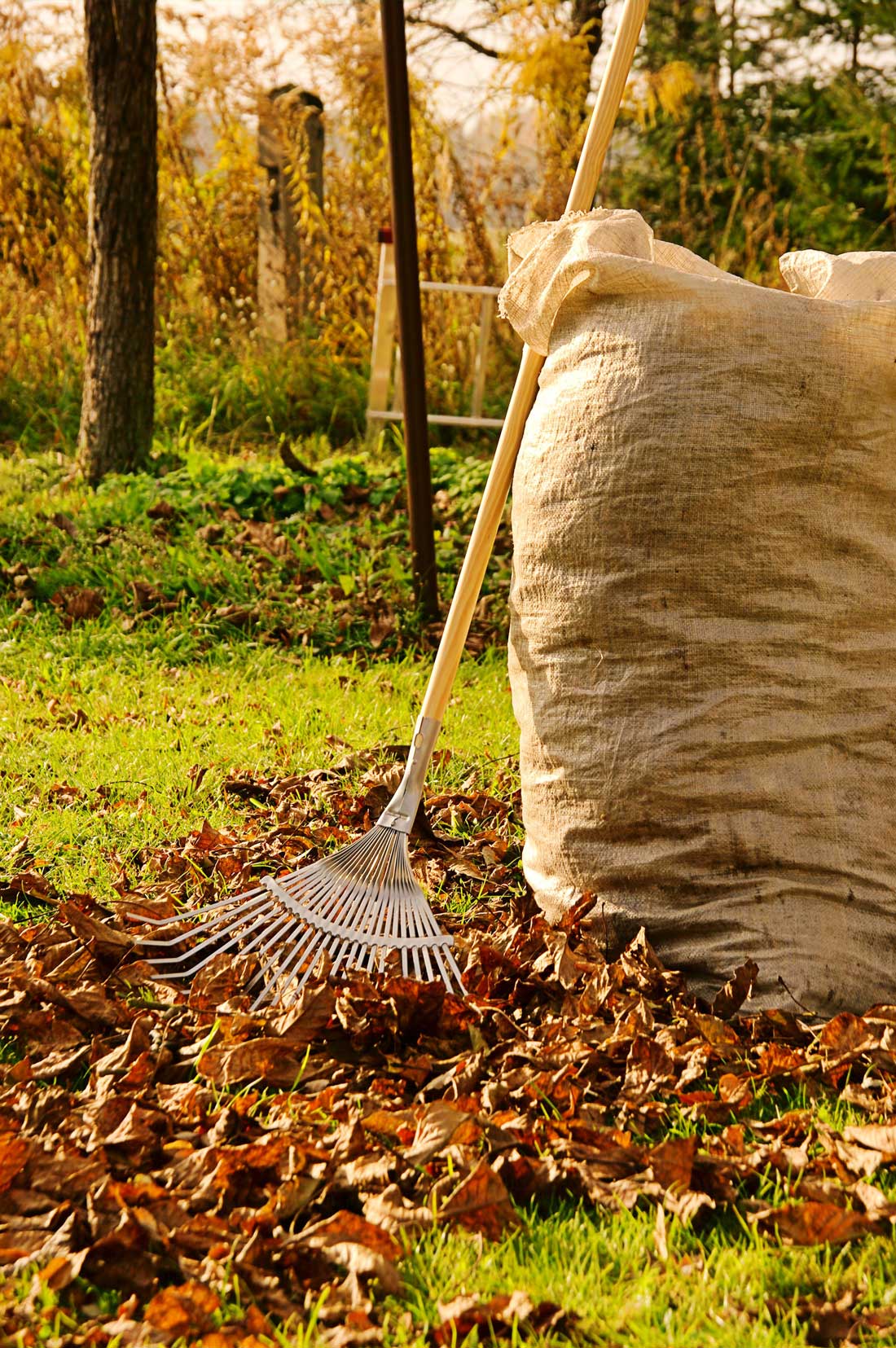
How to Shred Leaves
Leaf shredders work great, but all you really need is a mulching mower with a bag attachment. Simply mow over the leaves with the bagger attached and empty them out when it gets full. If you prefer more finely shredded leaves, double-chop them by mowing once without the bagger and a second time with the attachment. As you work, you can empty the leaves into a cart or onto a large tarp that can be dragged to another area.
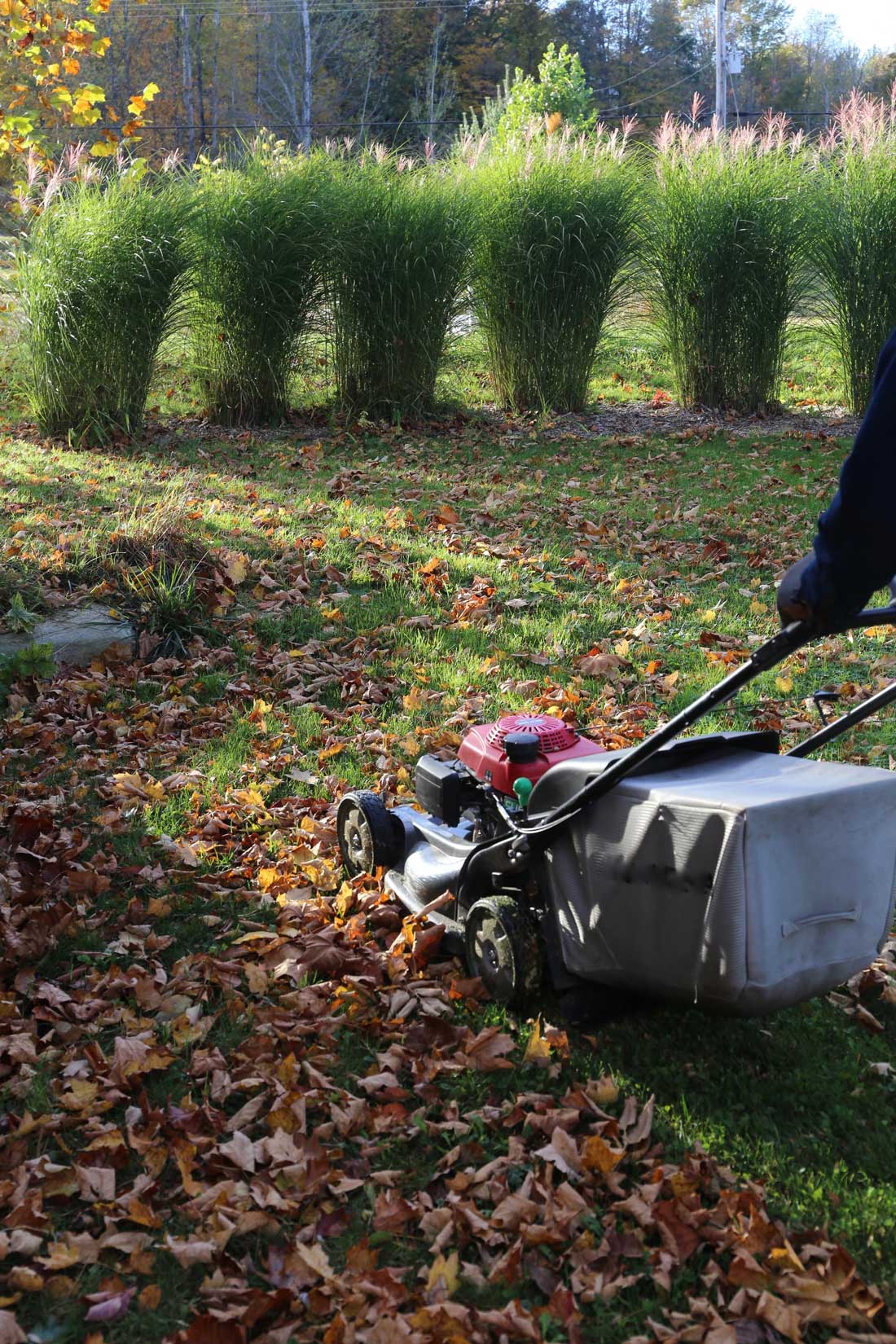
How to Store and Use Shredded Leaves
You can store your shredded leaves in large plastic trash bags, corral them inside wire fencing, or just make a pile and cover it with a tarp. Once you have a ready supply, you’ll find dozens of ways to use them. Here are a few suggestions:
• Mulch around tender plants to protect them from extreme cold. This is good for overwintered garlic, roses and other tender bulbs and perennials. Don’t apply mulch too early. Wait until the ground begins to freeze and plants have entered their natural winter dormancy.
• Mix shredded leaves into the soil to enrich new or renovated garden beds. See the information about nitrogen below.
• Save plenty of shredded leaves for spring mulching. After sitting for a few months, the texture will be softer and easier to work with, giving you a premium mulch for perennials, shade plants, vegetables and fruits.
• Make leaf mold. Whatever leaves you don’t use will gradually break down into a soft, finely-textured substance called leaf mold. This concentrated version of shredded leaves can be added to potting soil, used to top-dress potted plants, or just be used as a super-premium mulch for special plants.
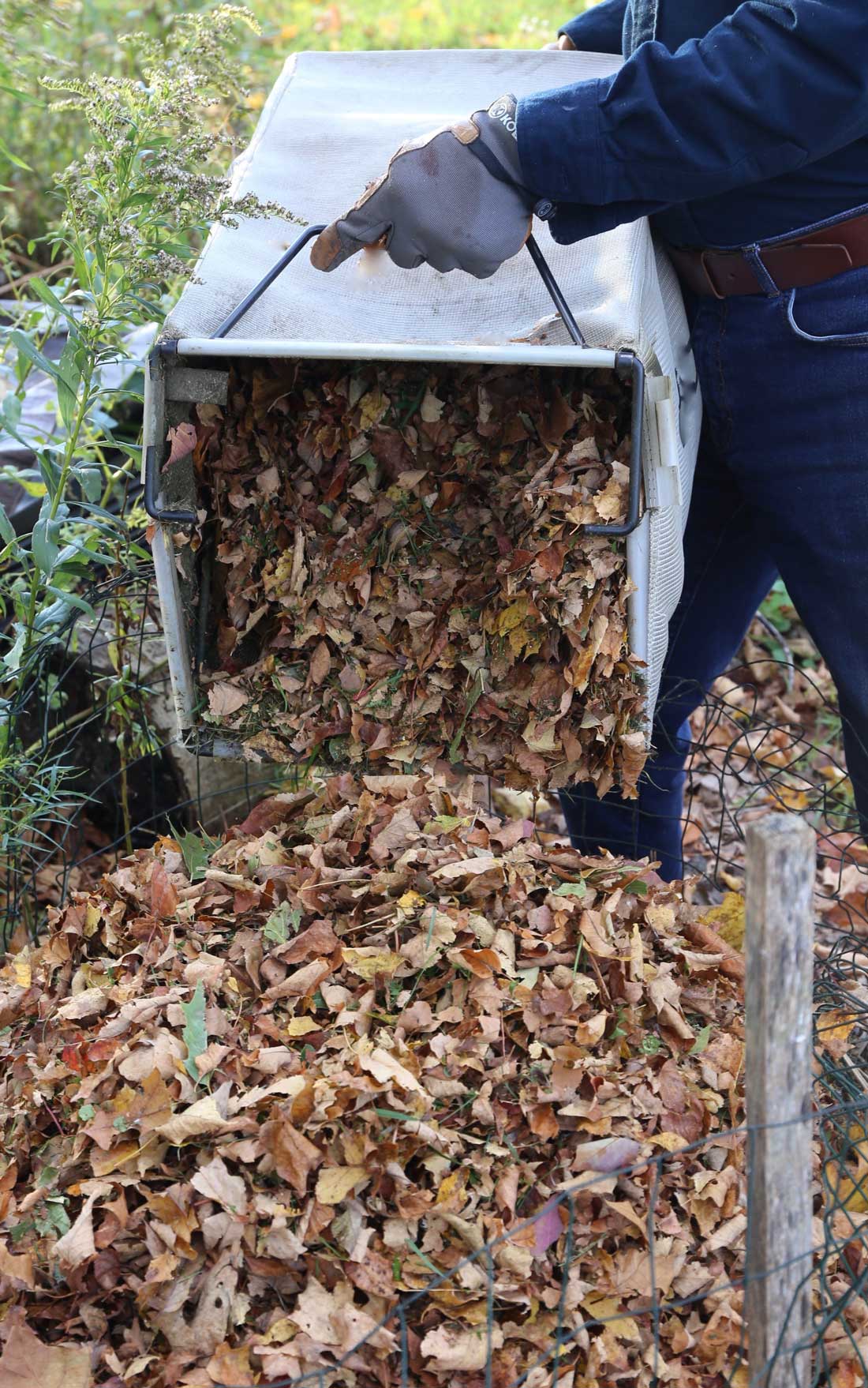
Consider Adding Nitrogen to Shredded Leaves
Converting shredded leaves into crumbly, nutrient-rich soil is the job of bacteria and other beneficial organisms. To do their work, these microbes require nitrogen as an energy source. If there’s no easily available nitrogen, the microbes will draw it from the surrounding soil. This means neighboring plants may not have the nitrogen they need for healthy growth.
There’s an easy solution. Simply mix some nitrogen fertilizer into the shredded leaves before you use them, or sprinkle some on top once they’re in place. You can use a nitrogen-rich all-purpose 10-5-5 granular fertilizer, or an organic source of nitrogen such as alfalfa meal, cottonseed meal, fish meal, composted chicken manure, bat guano or fish emulsion. Follow package application instructions. With nitrogen, more isn’t always a good thing!
Another way to incorporate nitrogen is to collect grass clippings and either mix them into the shredded leaves or sprinkle them over the top.
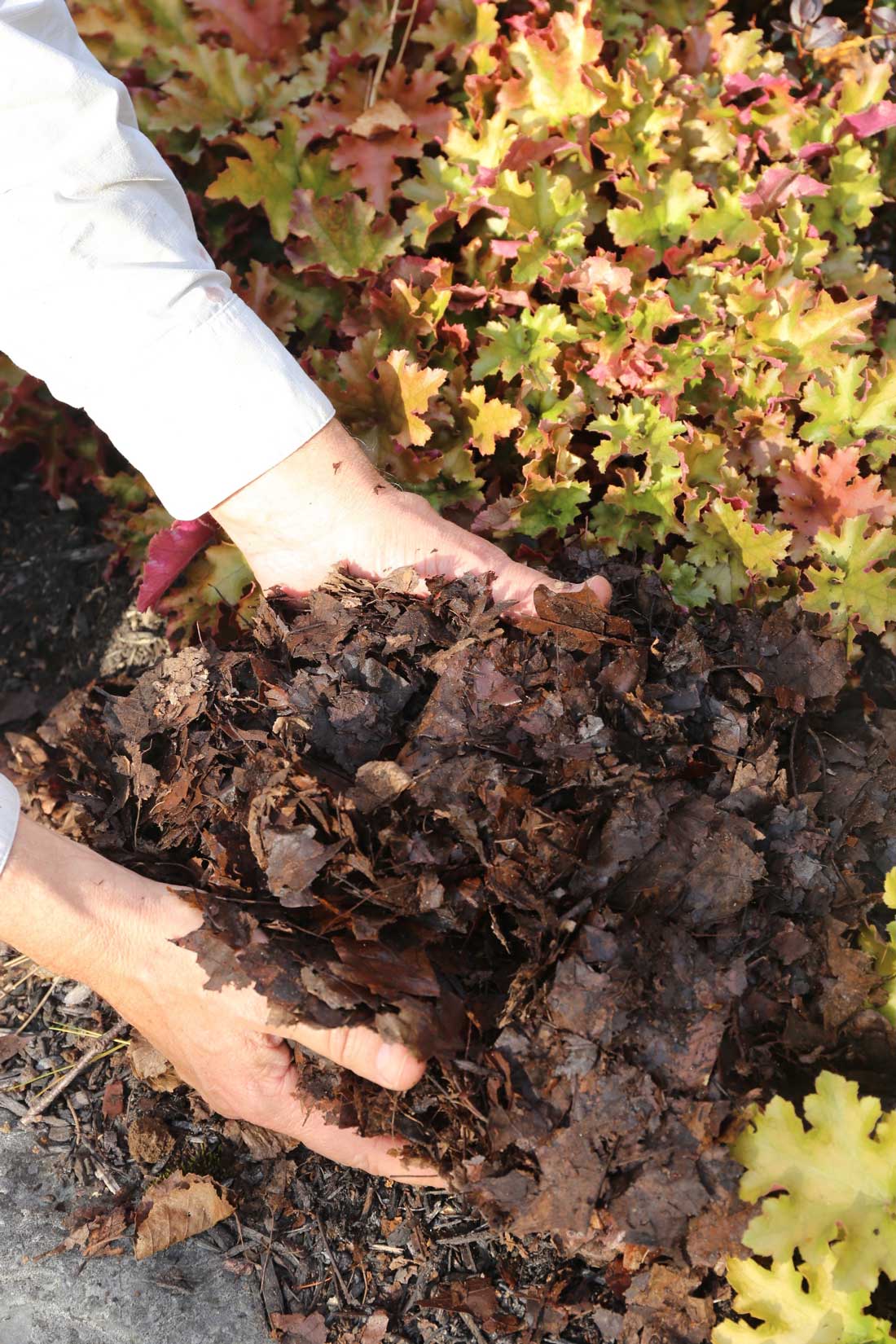
A Free Resource That's Too Valuable to Waste
Once you start finding ways to put shredded leaves to work in your yard and garden, you may wish you had more of them! Fortunately, most people are only too happy to give them away. You may even find a local landscaper who is willing to drop off shredded leaves that they collect from clients.
If you get leaves that are whole rather than shredded, you have a couple options. Run them through your leaf shredder, if you have one. Or dump them in a pile, add some nitrogen and let them decompose for a year. If the leaves arrive pre-bagged, add water and a little nitrogen to each bag and stow the bags out of sight for 6-12 months.
You may also be interested in reading: Fall Checklist for Flower Gardens.


